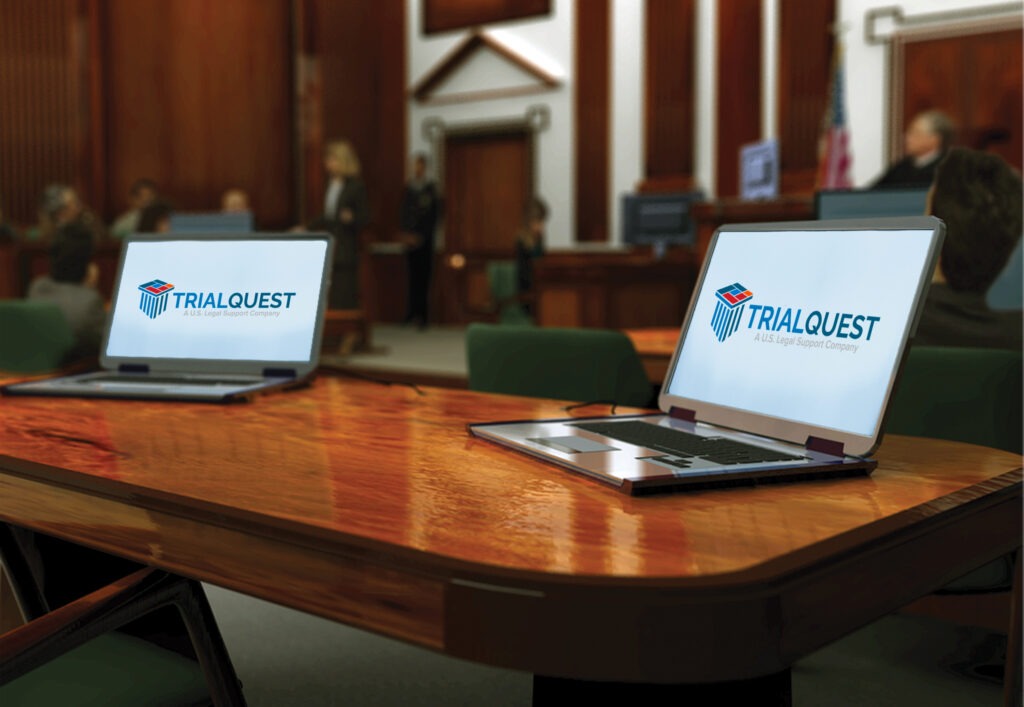How Trial Presentations Enhance Your Argument and Persuade Jurors
Test discussions offer as a crucial system for enhancing lawful disagreements and convincing jurors. The strategic usage of visuals not just clears up intricate information however additionally catches jurors' attention much more efficiently than words alone.

Importance of Visual Help
Aesthetic help play a critical duty in enhancing the performance of test presentations, as they can significantly raise audience interaction and retention of information. In the context of a trial, where jurors are entrusted with processing complex details, visual help offer to simplify and clarify key factors. Graphes, graphs, and photos can convey data and principles that might otherwise bewilder or confuse jurors, allowing for a much more straightforward understanding of the proof offered.
Moreover, visual aids help in keeping juror interest throughout the procedures. By breaking the dullness of spoken testament, these tools can punctuate critical arguments, making them extra unforgettable. Effective aesthetic aids can also stimulate psychological responses, which can be pivotal in encouraging jurors to line up with the speaker's story.

Crafting Engaging Stories
An engaging story is crucial in trial presentations, as it acts as the backbone of reliable persuasion. It enables attorneys to weave together realities, evidence, and emotional aspects into a meaningful story that reverberates with jurors. This narrative structure allows jurors to recognize the complexities of the case while leading them via the lawyer's argument.
To craft an engaging narrative, lawyers should focus on clearness and coherence. This entails establishing a clear protagonist-- frequently the customer-- and describing their journey through the events concerned. Providing the facts in a sensible sequence enhances understanding and preserves engagement. In addition, the use of vibrant descriptions can produce mental photos that aid jurors envision the events, making the story a lot more remarkable.
Moreover, incorporating vital motifs throughout the presentation enhances the core message and help in retention - trial presentations. The narrative should not just convey information but additionally evoke a feeling of justice, highlighting the stakes included. Eventually, a sound narrative fosters a link between the jurors and the situation, positioning the attorney's argument as both trustworthy and compelling, thus boosting the probability of a desirable judgment

Involving the Court Psychologically
Reliable court engagement hinges on the lawyer's capability to get in touch with jurors on an emotional degree. This connection can considerably affect jurors' assumptions and their best decision-making. Making use view it now of sob stories enables lawyers to humanize the instance, changing abstract lawful ideas right into relatable experiences. By providing real-life stories or reviews, attorneys can stimulate compassion and concern, promoting a deeper understanding of the concerns at stake.
Aesthetic aids, such as photographs or videos, can further enhance emotional involvement, offering jurors with vibrant representations of the situation's human components. Crafting a story that highlights the battles and accomplishments of the people included ensures that jurors see beyond the lawful disagreements and acknowledge the human consequences of their decisions.
A lawyer's passionate delivery can reverberate with jurors, helpful resources strengthening their emotional investment in the case. It's crucial to stabilize psychological allures with factual proof, ensuring that jurors really feel obliged to act while remaining based in the fact.
Structuring Your Discussion

The body of the presentation need to be logically fractional into key factors, each sustained by engaging proof. It is beneficial to use narration strategies to weave realities right into a narrative that jurors can easily comply with. Visual help, such as charts and videos, can improve understanding and interaction, helping to highlight crucial items of evidence.
Real-World Case Researches
Taking a look at real-world instance researches supplies very useful understandings into the art of trial presentations and persuasion. The defense group properly employed a technique that incorporated top-level specialist statements with multimedia discussions, which astounded jurors and ultimately affected their choice.
An additional remarkable example is the "McDonald's Coffee Case," where the plaintiff's lawyers made use of graphic images of the injuries suffered by Stella Liebeck. trial presentations. This stark aesthetic proof played a critical function in communicating the right here severity of her burns, resulting in a significant court honor. Such cases demonstrate that impactful trial presentations frequently depend upon the efficient assimilation of visuals and narration to stimulate emotional responses from jurors
Furthermore, the "Casey Anthony Test" highlighted the significance of narrative comprehensibility and reliability. The prosecution's failure to establish a compelling timeline diminished their persuasive power, highlighting the need of a well-structured discussion. Assessing these situations exposes that successful trial discussions need critical preparation, emotional interaction, and the capacity to resonate with jurors' values and beliefs.
Final Thought
Trial discussions considerably boost disagreements and encourage jurors through the critical usage of aesthetic aids, engaging narratives, and psychological interaction. A well-structured presentation balances emotional appeals with factual evidence, eventually resonating with jurors' worths.